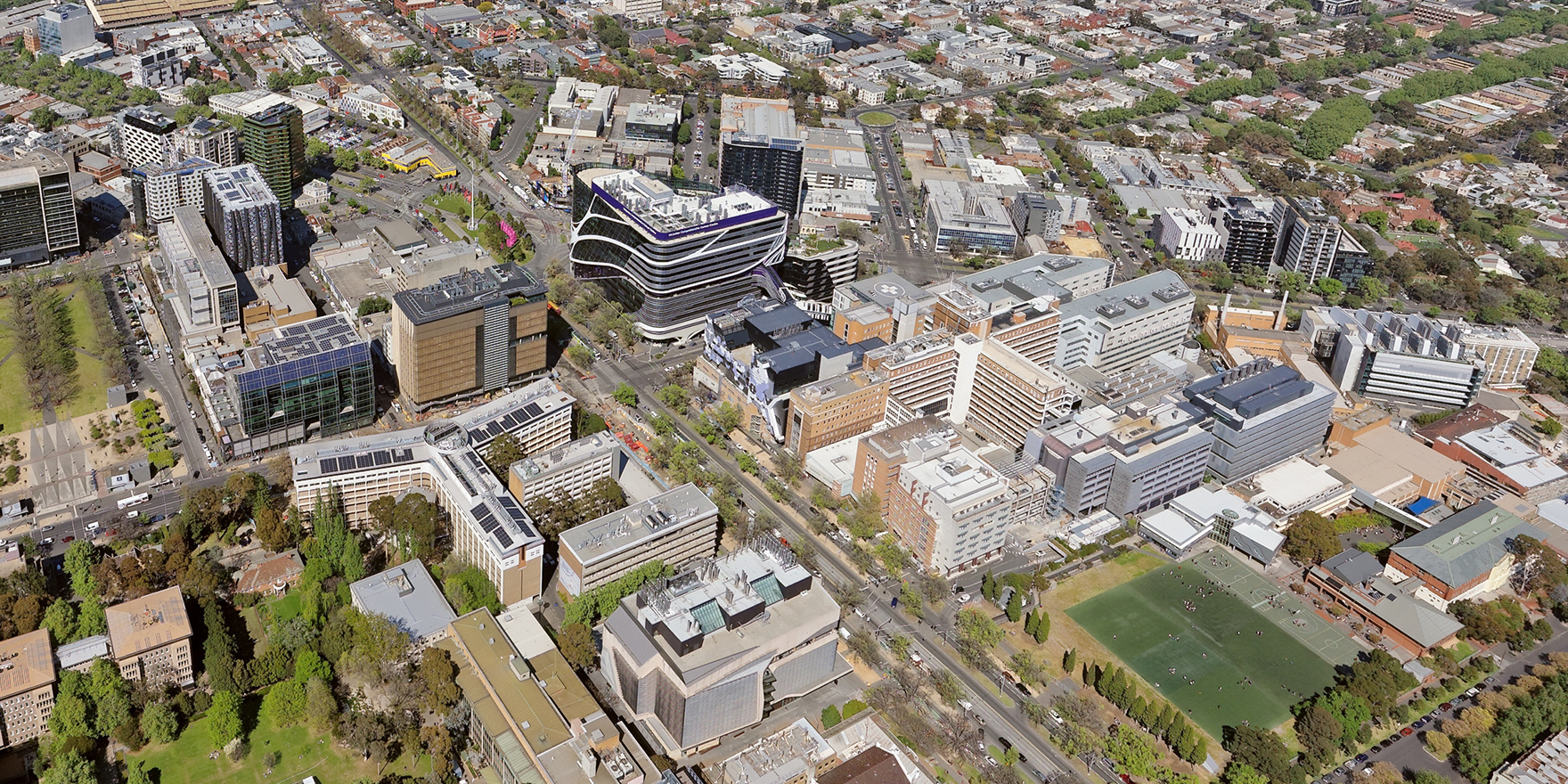30 October 2020
The Royal Melbourne Hospital: Embarking on a Digital Journey With an ECM System

Unfortunately, the Victorian government did not fund the EMR initiative at the time. Leaders, however, did not let this setback deflate their efforts. Instead, they decided to keep their digital journey moving forward. Even without the EMR funding, the organisation could strive to eliminate paper, connect standalone electronic clinical databases, and position the hospital to be ready to move to an EMR in the future.
More strategic digitalisation
While the cancer centre provided additional motivation, the hospital had already been on the path toward digitalisation for a few years. In an effort to eliminate paper, various departments had implemented electronic clinical databases. The problem: These systems all stood alone in silos, incapable of communicating with one another.
“Information was sitting in all these various clinical documentation systems. But we were still relying on staff members to actually print items out to get them into the medical records,” said Rhonda Carroll, former Director of Information and Performance at the Royal Melbourne Hospital. “And, we were struggling to share the information.”
With these dispersed electronic databases, it was often difficult to locate and leverage needed information. “We would get complaints because we could not find paper records. We had created a culture of records hoarding. So, if a clinician or staff member got their hands on a record, they would try to keep it rather than return it to the department. People would create stockpiles because they didn’t know if they would get the records back,” said Carroll.
Unfortunately, the hoarding caused information to be tucked away in drawers and filing cabinets and remain shared. This had a negative effect on patient care because clinicians didn’t know what others were doing.
Hospital leaders, however, realised that they could overcome some of the challenges associated with information sprawl by adopting an enterprise content management (ECM) system to integrate, manage, and organise electronic information sourced from various databases and IT systems. With such a system in place, all content—incoming or outgoing—is funneled, cataloged, and stored in a centralised repository, irrespective of source device, location, or type of content.
Following funding approval and a review of ECM solutions from various vendors, the Hyland OnBase solution was selected in May 2015. The ECM solution was implemented across Melbourne Health and became the primary clinical record for completed patient activity in November of 2015. At that point, all clinical record documentation related to patient activity, including admitted episodes and non-admitted attendances had been scanned into the patient’s ECM clinical record.
A bounty of benefits
With the ECM in place, the hospital has created a foundation where “medical record content, from paper and an array of other media, is digitised and managed efficiently into a system that is capable of informing decision-making and improving workflows,” Carroll pointed out. And, while it might not provide what an EMR offers, Royal Melbourne is already realising a variety of benefits from the ECM.
Clinicians, for instance, have access to a comprehensive view of previously scanned records; episode and coded information such as alerts and allergies from the patient administration system; result sets acquired from pathology, radiology, and a variety of other clinical systems; forms captured from faxes and emails; and information extracted directly from other databases. Perhaps most importantly, by providing access to patient-centric information through a web-based viewer that is available at the point of care, the ECM is making it possible for clinicians to easily leverage “clinical information when and where they need it,” according to Carroll.
In addition to supporting point-of-care decisions, this electronic information provides clinicians with the ability to share clinical information with other health care providers. “There are four health services very close to our hospital. And, we need to be able to share the information within our records with these health services,” Carroll explained. “The ECM system has allowed us to give these institutions a view of our data that we would never have been able to with paper medical charts.”
The ECM system also makes it possible to convert paper-based workflows into more efficient electronic ones. For example, processes for managing referral receipt (via fax or paper letter), triage, prioritisation, and booking/waitlisting for an outpatient clinic appointment are now being performed more efficiently. What was once reliant upon people moving paper from one clinician to another, has been replaced by an automated online workflow that advances documentation to the next step and keeps track of the progress as each step is completed.
Perhaps most importantly, the implementation of the ECM has prepared Royal Melbourne for the next steps on its digital journey. “This has turned into so much more than just a stopgap solution for us. It’s gotten everyone accustomed to using a computer to access information about patients and medical records,” Carroll said. “And, clinicians are realising all of the great clinical benefits that can be achieved by having a complete view of the patient’s history.”
